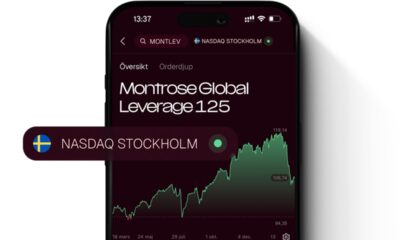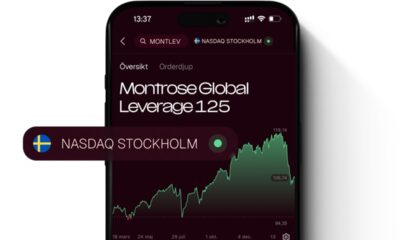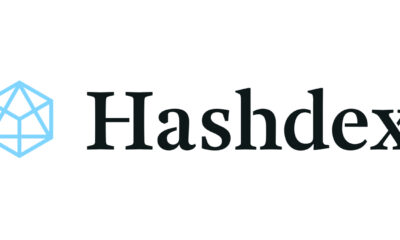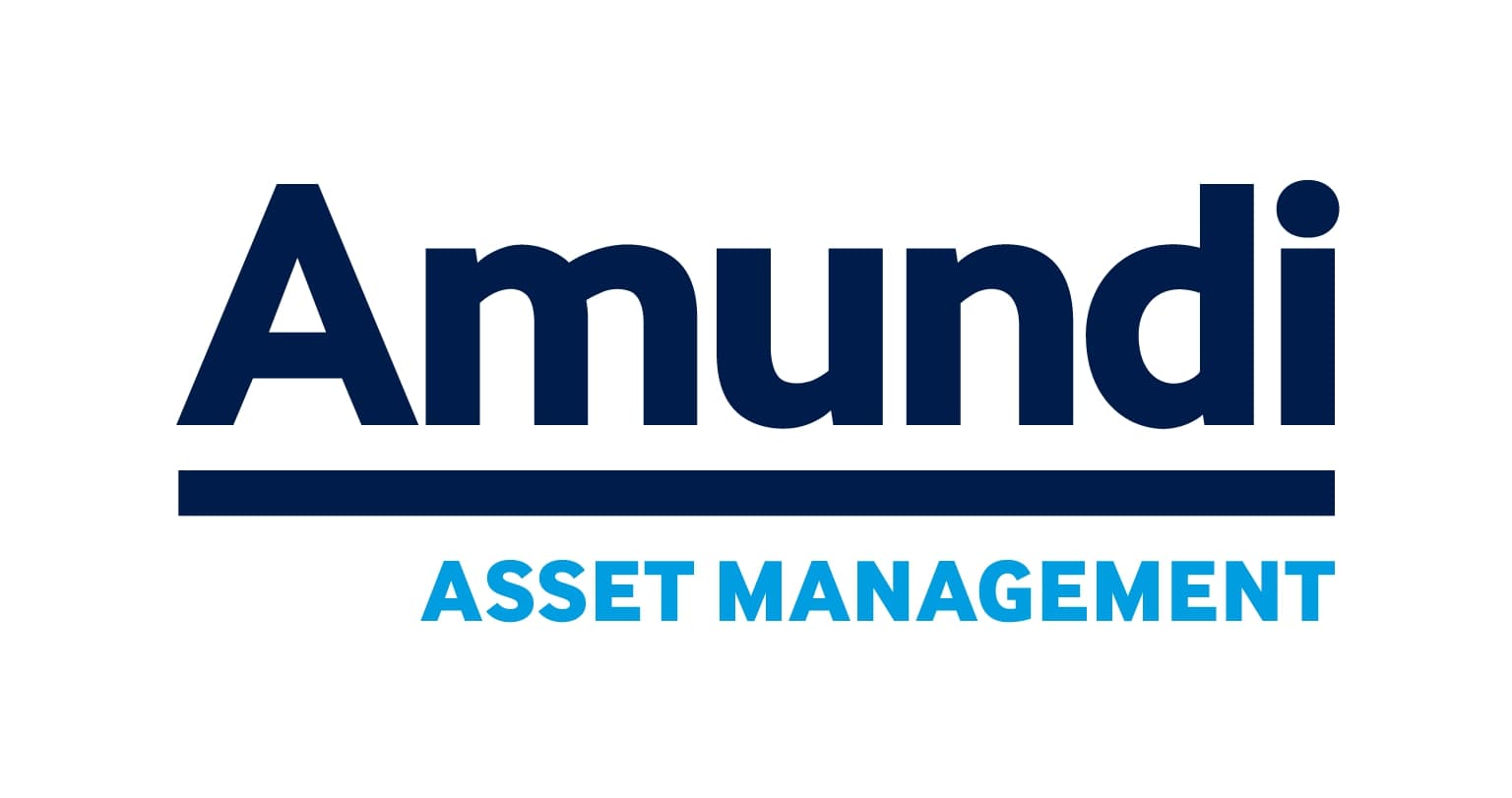Latinamerikanska aktier, Mexiko eller Brasilien? Latinamerikanska aktier och de börshandlade fonder som replikerar dessa länders aktiemarknader har varit de som rasat med bland emerging markets tillgångar sedan 2014. Brasilien, Latinamerikas största ekonomi är just nu ett stort frågetecken, och med den kamp som den brasilianska ekonomin just nu tvingas genomgå är det många av de modigare investerarna som söker sig till Latinamerika som väljer att köpa iShares MSCI Mexico Capped ETF (NYSEArca: EWW) istället för den brasilianska motsvarigheten, iShares MSCI Brazil Capped ETF (NYSEArca: EWZ).
Enligt JPMorgan Asset Management är nu både Colombia och Mexiko medlemmar i den så kallade ”fragile five” sedan de har ersatt Brasilien och Indien.
De två latinamerikanska länder ses tillsammans med Turkiet, Sydafrika och Indonesien, som de utvecklingsländerna som är alltför beroende av flyktiga utländska investeringsflöden. De ursprungliga Fragile Fives hade det som värst under 2013 då utländska investerare drog sig ur tillväxtmarknaderna. I händelse av liknande situationer som 2013 kan Colombia och Mexiko vara bland de mest utsatta för en övergång till säkerhet.
Det finns emellertid skäl att tro att Mexiko skulle vara den mest pålitliga destinationen för latinamerikanska investeringar 2016. Mexikos närhet till USA kan återigen vara en fördel om Federal Reserve fortsätter att höja räntan i år.
Som en oljeexportör, har Mexikos valuta drabbats av de fallande råoljepriser – ETF investerare bör ha i åtanke att även Mexiko har en stor oljeindustrin, är det ingen av de landsspecifika ETFer som har en exponering mot oljesektorn. Den mexikanska råvaruexponeringen har inte straffat EWW så hårt som fallande råvarupriser har gjort med iShares MSCI Brazil Capped ETF (NYSEArca: EWZ).
iShares MSCI Brazil Capped ETF (NYSEArca: EWZ)
Flera faktorer drar ned den brasilianska ekonomin. Under september 2015 steg arbetslösheten till 7,9 procent, från att ha legat på 4,7 procent under september 2014. Inflationen har hoppat över tio (10) procent för första gången sedan 2002. Budgetunderskottet har ökat till 9,5 procent av landets BNP. Dessutom, lägre råvarupriser, minskande konsumentkreditexpansion och en korruptionsskandal i statliga oljejätten Petroleo Brasileiro har alla tyngt ekonomin. Under de senaste 12 månaderna, är EWW ned 23,6 procent jämfört med en förlust på 50,6 procent för EWZ.
Även Mexiko har också ett tvillingunderskott (bytesbalansunderskott och budgetunderskott), är det bättre rustat, medan Brasiliens dubbla underskott nu överstiger mer än tio procent av landets BNP. Fallande råvarupriser inte är ett positivt för Mexiko, men regeringen har varit pådrivande i att prissäkra sina oljeinkomster, vilket ger stöd för skatteutgifterna.
Vi såg också starkare än väntat konsumentaktivitet under andra halvåret 2015. Remitteringar från mexikaner som arbetar i USA har varit stark och drar nytta av en svag peso och landets nära band till den förbättrade amerikanska ekonomin. Industrisektorn adderar fler jobb, med ökad ”re-shoring” aktivitet i bil- och flygindustrin

 Nyheter4 veckor sedan
Nyheter4 veckor sedan
 Nyheter3 veckor sedan
Nyheter3 veckor sedan
 Nyheter4 veckor sedan
Nyheter4 veckor sedan
 Nyheter3 veckor sedan
Nyheter3 veckor sedan
 Nyheter3 veckor sedan
Nyheter3 veckor sedan
 Nyheter2 veckor sedan
Nyheter2 veckor sedan
 Nyheter3 veckor sedan
Nyheter3 veckor sedan
 Nyheter2 veckor sedan
Nyheter2 veckor sedan





















